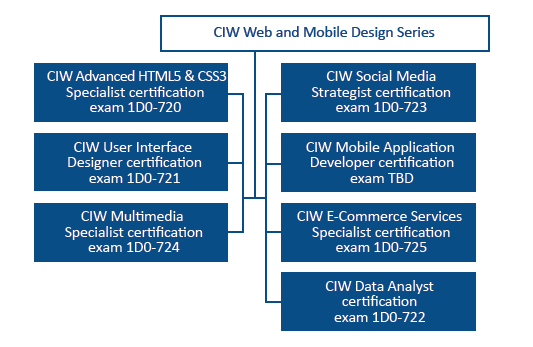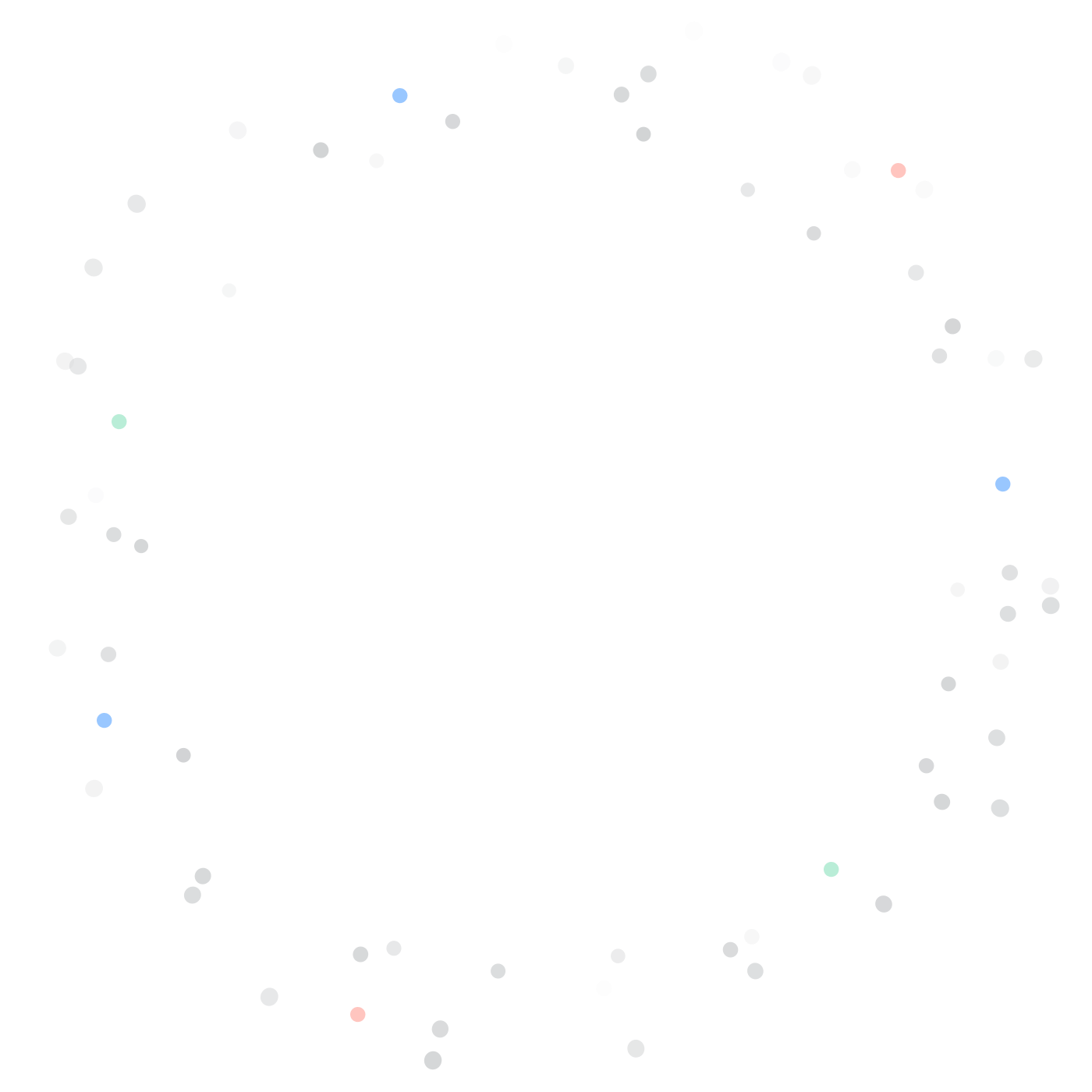Have you ever seen a website and wondered what was going on in the background? Or if you’re looking to build a website, have you heard about HTML, CSS, and JavaScript but don’t know what they are? If so, you’ve come to the right place. Let’s dive into these three different web technologies and how they work together to make up a website.
What languages are used on a web page?
A website is an information resource on the internet that consists of related web pages, images, videos, or other digital assets. The purpose of a website may be to provide information about a certain topic, to promote the sale of goods and services, or even just for entertainment. Websites can be created by individuals or organizations and can be accessed from any computer with an internet connection. Websites are typically written in HTML (HyperText Markup Language) and CSS (Cascading Style Sheets), but may also include programming languages such as JavaScript or PHP.
HTML
HTML stands for Hypertext Markup Language. It is a markup language which is used to define the structure of a web page by using various elements such as headings, tables, paragraphs, images, and other multimedia files. The purpose of HTML is to provide information on the page in an organized manner. It is important to note that HTML does not control how the page looks; it only controls how it is structured.
CSS
CSS stands for Cascading Style Sheets. It is used to style web pages by controlling the appearance of elements such as fonts, colours, and layouts. In addition to making websites look nice, CSS also makes them more user-friendly by providing better navigation options. For example, it can be used to create drop-down menus or accordions, which can help users find information quickly without having to scroll through long pages of text.
HTML and CSS work hand in hand
HTML and CSS work together to create a visually appealing, well-structured website. HTML provides the structure of the website, while CSS is what makes it aesthetically pleasing by styling the different elements. By combining HTML and CSS, web designers can create intricate page layouts that are both user-friendly and visually pleasing. HTML elements such as headings and paragraphs can be styled using CSS by choosing the specific font, colour, size, and other design elements.
JavaScript
JavaScript (not to be confused with Java) is a scripting language which can be used for things like animation, interactive forms or games on websites. It can also be used for server-side programming, which means that it can interact with databases such as MySQL or Oracle and retrieve data from them when needed. JavaScript allows developers to create dynamic websites which respond differently depending on user input or other factors such as time of day or location.
The popularity of JavaScript
JavaScript has become one of the most popular programming languages in the world, with millions of developers using it to create dynamic websites and applications. According to a 2022 survey conducted by Stack Overflow, JavaScript was the most commonly used programming language among professional developers. Furthermore, more than 81% of all websites use JavaScript in some form or another – making it one of the most popular technologies on the internet.
The main difference between HTML, CSS and JavaScript
The main difference between HTML, CSS and JavaScript is that HTML is a markup language used for structuring the static content of a web page, while CSS is used to style the elements of a web page. JavaScript is a scripting language used to add interactive or dynamic elements to a web page.
Static vs dynamic web design
Static web pages are the type of web pages that remain unchanged unless manually updated. This means that the content, layout, and design of the page remain the same for all visitors regardless of their location or other factors. The main advantage of static web pages is that they can be quickly loaded, as there is no need for any complicated calculations or processing.
JavaScript, on the other hand, is a type of computer language that helps make web pages dynamic, which means they can change depending on things like user input or where someone is located. JavaScript lets developers create websites that respond differently to different people's actions or other factors.
What are programming languages used for?
A programming language is a form of communication used to communicate instructions and commands to computers. It is a set of rules, symbols, and special words that allow a programmer to write code, which the computer can then understand and execute. Programming languages are used to create software applications such as web browsers, video games, and operating systems. They are composed of instructions, which tell the computer what it should do and when. Different programming languages serve different purposes and are used for different types of projects. Examples of popular programming languages include C++, Java, JavaScript, Python, Ruby, and Swift. Knowing how to use one or more programming languages is essential for any web developer who wishes to create sites or applications.
How HTML, CSS and JavaScript work together
Building a house example
An analogy for HTML, CSS and JavaScript is like a house: HTML is the foundation of the house – it is the structure that holds everything together. It sets out in a logical and organized way what is where on the page and how it should be displayed. CSS is like the interior design of the house – it gives each element its own unique style and look. Colours, sizes, fonts, and layouts can all be customized with CSS, making the page both visually appealing and user-friendly. JavaScript is like the appliances in the house – it adds functionality to make it more interactive. With JavaScript, you can create dynamic websites that respond to user input or other factors such as time of day or location.
How a car works example
To use a more detailed analogy, think about how a car works: HTML provides the chassis that makes up the frame of your website; CSS provides paint colour, chrome accents and custom wheels; while JavaScript acts as an engine that drives your website's features by providing animation, forms, or games on pages. Without an engine, a car won't move; similarly, without JavaScript, webpages wouldn't be interactive or dynamic. All three elements come together to form a fully functioning webpage: just like all three elements come together to form a fully functioning car.
It is important to note that these three technologies are not limited to just websites; they can also be used for mobile applications and desktop programs too! These technologies have been around for decades now but continue to evolve – with new frameworks being created every day which make development easier than ever before!
The trifecta building blocks for web design
HTML, CSS and JavaScript are all essential building blocks when it comes to constructing a website. While each technology has its own unique purpose—HTML structures content; CSS styles content; and JavaScript adds interactivity—they all work together harmoniously with one another to make up a fully functional web page. Whether you're just starting out learning web development or you're an experienced coder looking to brush up your skill set – understanding these three languages will give you an invaluable edge!
Learn to code is a smart move!
Learning to code is definitely worth it. With coding, you can create and develop websites and applications that are interactive and engaging for users.
Coding is not as difficult as it may seem. With the right resources and dedication, anyone can learn HTML, CSS and JavaScript and become a skilled coder. With these three languages, you can become a web developer or programmer, create websites and applications, or even venture into mobile app development. As the demand for coders has been steadily increasing in recent years, those who are proficient with these technologies will be able to find numerous job opportunities.
So if you're looking for a new career or want to stay ahead of the curve, investing in learning HTML, CSS and JavaScript is always a smart move!
What online course we recommend
The CIW Advanced HTML5 and CSS3 Specialist certification is an essential part of the CIW Web and Mobile Design series. It verifies an individual's proficiency in HTML5, Cascading Style Sheets (CSS) and JavaScript, which are collectively referred to as the "Web development trifecta". Having proficiency in these technologies is essential for creating adaptive websites that are easy to view on any device – from smartphones, tablets and gaming consoles, to smart TVs and traditional PCs.

The CIW Advanced HTML5 and CSS3 Specialist course focuses on the core skills required to pass the certification exam. It teaches individuals how to create interactive web pages using advanced HTML5 structural elements and CSS3 positioning and formatting techniques. It also covers the use of JavaScript to create form validation and dynamic web page elements, as well as how to integrate HTML5 audio and video features into websites.


